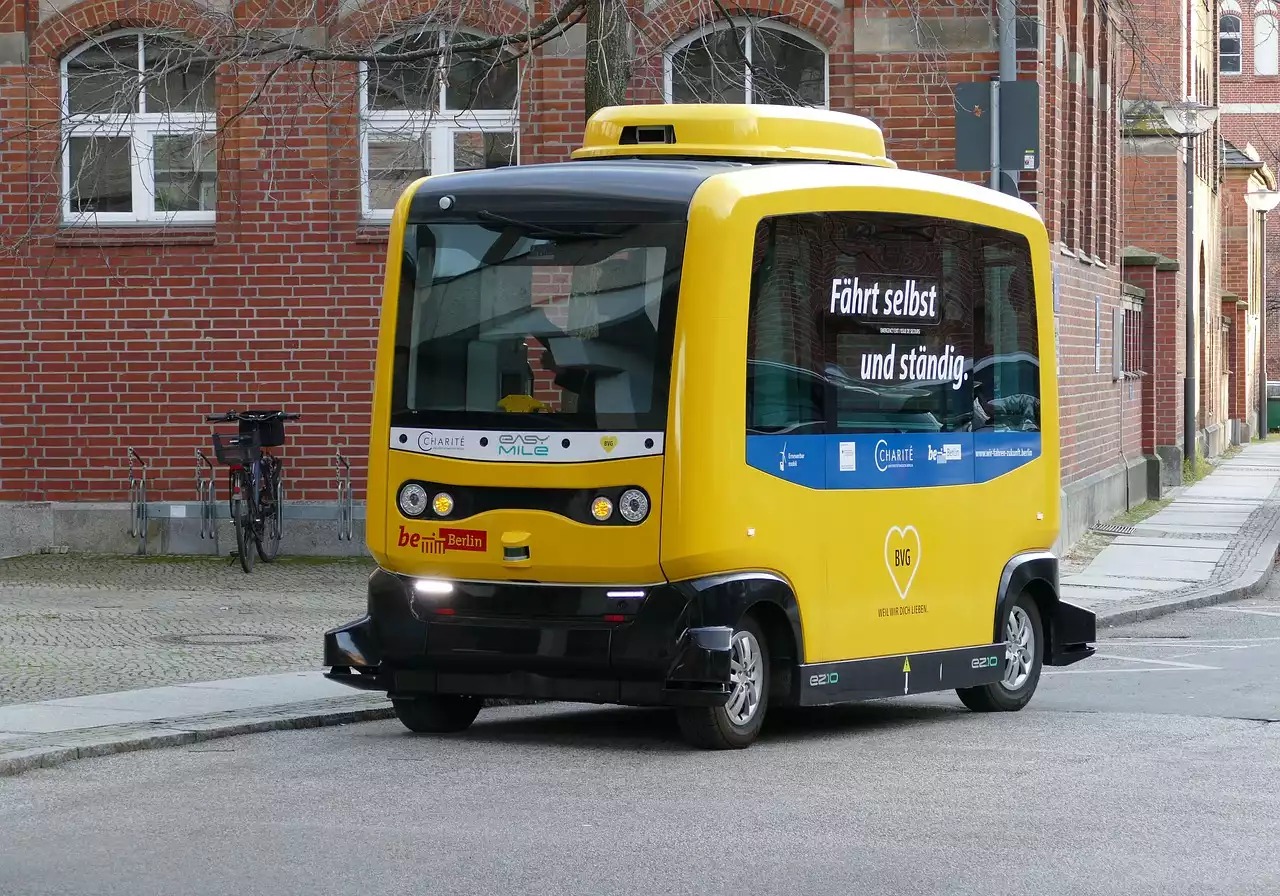Self-driving cars have been in the news a lot recently. From the introduction of fully autonomous taxis in Las Vegas to the first public trials of self-driving passenger shuttles in the Netherlands, there’s a lot of excitement around the future of autonomous vehicles.
With the promise of self-driving cars, it’s easy to see why. They can dramatically reduce crashes and save thousands of lives. They can also ease congestion and save millions in gas and insurance costs. But perhaps most importantly, self-driving cars can mean a safer, less stressful ride for everyone.
What is self-driving car technology?
Self-driving car technology is the computerized systems that make autonomous cars possible. These systems are designed to allow drivers to focus on more important matters, like their favorite music or the weather. Self-driving car technology has been in development for the past few decades.
In a self-driving car, a computer system controls the car’s navigation and monitors its environment for potential hazards. If it notices a potential problem, it may alert the driver.
The self-driving car of the future may even be able to communicate with other road users to warn them of dangers like pedestrians, cyclists, and other cars.
How do self-driving cars work?
The way self-driving cars work is through a combination of sensors, computer vision, and artificial intelligence. Sensors on the car collect information about the car’s surroundings. This information is then analyzed by the car’s computer, which uses artificial intelligence to recognize objects and make judgements about their movement and interaction with other objects.
Self-Driving Cars and Safety
One of the most important benefits of self-driving cars is improved safety. Thanks to their advanced computer systems, self-driving cars are often able to avoid hazards and stop in time to avoid accidents. They can also communicate with other road users to warn of potential dangers. This means less human error and potential safety hazards to other drivers and passengers.
Self-Driving Cars and The Environment
Self-driving cars can reduce traffic congestion and air pollution. With fewer drivers on the road and no longer at risk of distracted driving, self-driving cars can also improve road safety and make roads less congested. This means less carbon emissions and less fuel wasted.
Self-driving cars also make it easier for people to change their carbon-intensive habits, like carpooling or taking the bus. This can reduce CO2 emissions from road transport by up to 80%.
Benefits of Self-Driving Cars
Improved safety. Fewer humans behind the wheel means fewer accidents and road victims. This alone can drastically improve road safety and make roads much less dangerous.
Improved convenience. Self-driving cars can handle more complex navigation and road situations, which means they can navigate highways and city streets much more efficiently. This can reduce travel times and make commuting and getting around town much easier.
Reduced stress. Thanks to improvements in artificial intelligence, self-driving cars can anticipate and avoid hazards and maneuver around them. They can also communicate with other road users to warn of potential dangers. This means much less stress and better mental health for passengers.
Increased mobility for the elderly and disabled. Many self-driving car projects focus on improving accessibility for the disabled and elderly. This can make traveling much easier by allowing those with reduced mobility to sit back and relax.
Key Challenges for Self-Driving Cars
Technology. Even with all the great benefits self-driving cars promise, they still have a ways to go before they are a Reality. This is because self-driving cars still need to be developed and then millions of cars need to be retrofitted with the necessary technology.
Image recognition. Computer vision is a key part of self-driving cars. If a car cannot correctly recognize objects around it, it won’t be able to navigate and drive safely. This is still very much a developing field, with many setbacks and challenges.
Perception. Self-driving cars need to be able to perceive the environment around them and react appropriately. This includes the ability to “see” hazards that may not be visible to the human eye, such as debris on the road or animals in the lane.
Tesla Self Driving Cars
In 2016, Tesla Motors introduced “Autopilot”, their version of self-driving technology. Autopilot allows Tesla vehicles to drive between cities autonomously, following the directions of the Tesla map, using lanes, and keeping the car in its lane. It also includes active cruise control, which
keeps the car at a set speed, and automated parallel parking.
Conclusion
While many may dismiss self-driving cars as a far-off novelty, the technology does have the potential to greatly improve transportation. With that in mind, it’s important to consider the benefits self-driving cars can provide as well as their potential drawbacks.
Self-driving cars have the potential to dramatically reduce crashes and save thousands of lives. They can also ease congestion and save millions in gas and insurance costs. But perhaps most importantly, self-driving cars can mean a safer, less stressful ride for everyone.


 AI and Language Learning: The New Frontier
AI and Language Learning: The New Frontier
 The Stethoscope, the Most Familiar Medical Equipment
The Stethoscope, the Most Familiar Medical Equipment
 Car Phones were the First Mobile Phones
Car Phones were the First Mobile Phones What Are Embedded Computers in Automobiles?
What Are Embedded Computers in Automobiles? Technology and what’s inside Todays Cars
Technology and what’s inside Todays Cars Automobiles – The Future of Electric Cars
Automobiles – The Future of Electric Cars Automobiles - Flying Cars Today and Tomorrow
Automobiles - Flying Cars Today and Tomorrow